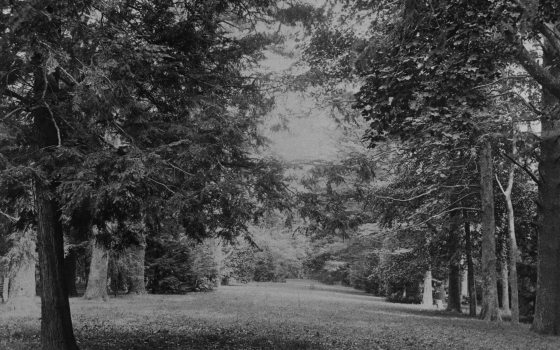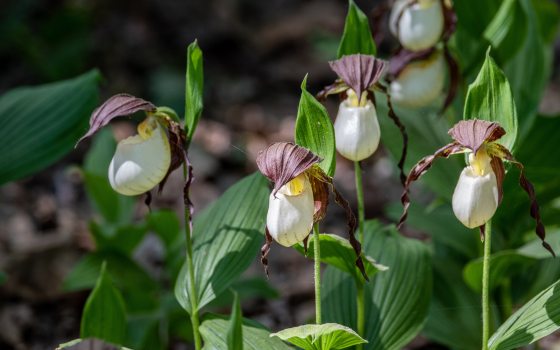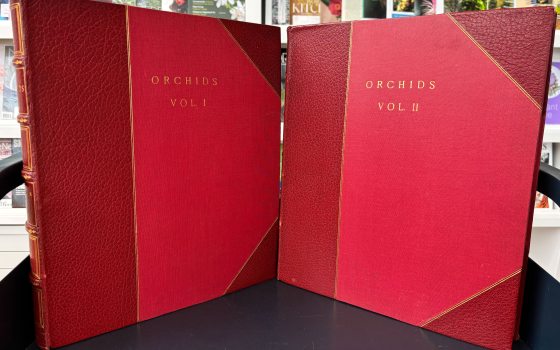When our founder, Pierre S. du Pont, purchased the property where Longwood Gardens now stands, he did so to rescue and conserve an exceptional collection of historic trees originally planted by the Peirce family. Peirce family members, who began farming the land in the 1700s, were interested in natural history and planted an arboretum covering 15 acres. Since the time of du Pont’s purchase, we have continued to protect the original stand of trees—now called Peirce’s Park—while developing and adding to the collection.
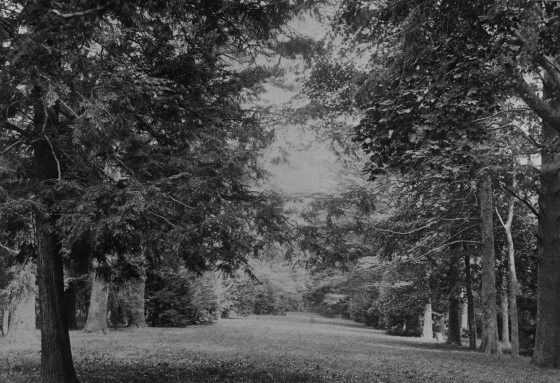
Peirce's Park, ca. 1910s. Courtesy of Hagley Museum & Library.
Our visitors recognize the importance of these historic trees, as well as the world-class specimens we have throughout the Gardens, as cornerstones of the familiar views and vignettes they know and love. Few guests, however, realize the incredible amount of work and dedication required to maintain, develop, and conserve these treasured trees.
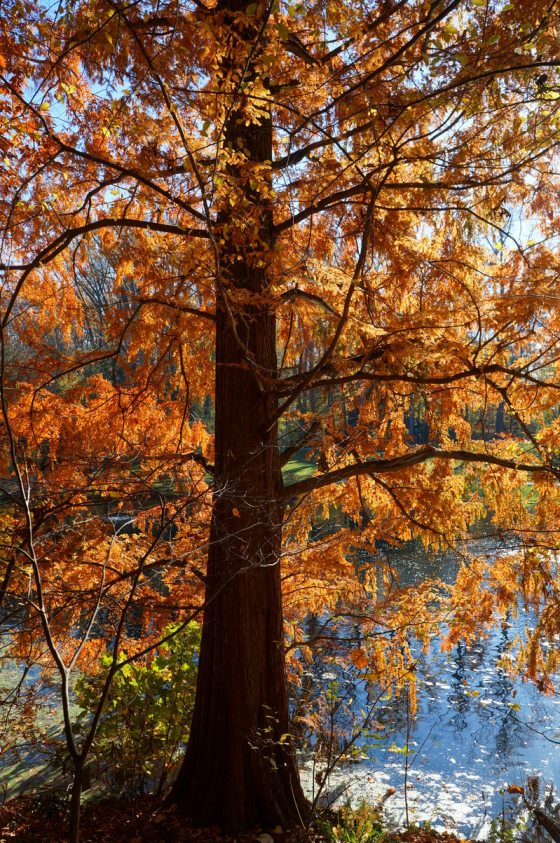
Bald-cypress (Taxodium distichum) in Peirce's Woods. Photo by Bryan Kottke.
In recognition of our dedication to the development, health management, and conservation of tree collections, we were recently granted the highest level of accreditation through ArbNet. ArbNet is a global program that was developed by the Morton Aboretum (Lisle, IL) to promote communication among organizations with noteworthy tree collections. According to their website, ArbNet is “an interactive, collaborative international community of arboreta and tree-focused professionals. ArbNet facilitates the sharing of knowledge, experience, and other resources to help arboreta meet their institutional goals and works to raise professional standards through the ArbNet Arboretum Accreditation Program.”
ArbNet has four levels (I, II, III, IV) of accreditation, with level four being the highest. Level IV accreditation can only be achieved by meeting specific criteria that include: satisfying all accreditation requirements for levels I, II, and III; having a dedicated science and conservation staff available for collaboration on tree related issues; maintaining institutional capacity, stability, and commitment to hold and safeguard plants of collection or conservation value; and participation in the American Public Gardens Association Plant Collections Network (PCN) program. Longwood Gardens is one of 17 public gardens around the world to achieve level IV accreditation.
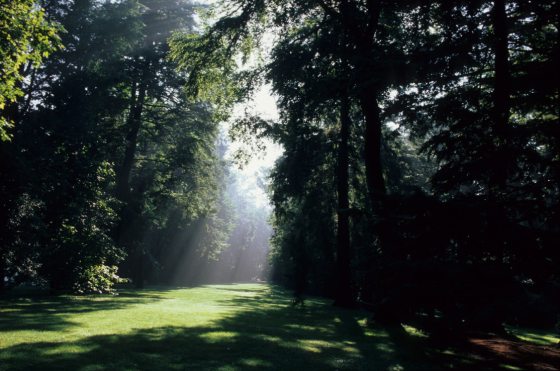
Peirce's Park. Photo by Larry Albee.
